We’ve all done it. Scooped up the remains of last night’s dinner, wrapped them lovingly in foil or sealed them in a plastic container, and tucked them into the fridge with the best intentions: “I’ll have this for lunch tomorrow.” Leftovers are a modern miracle—budget-friendly, time-saving, and waste-reducing. But not all leftovers are as harmless as they seem.
Some dishes don’t just lose their flavor or texture after reheating—they become downright dangerous. Under the right (or rather, wrong) conditions, certain foods can turn into breeding grounds for bacteria, generate harmful toxins, or transform chemically in ways that aren’t so kind to your digestive system. And while you might not notice it right away, reheating or improperly storing these foods can lead to foodborne illnesses that pack a punch worse than any microwave zap.
Still, these leftovers keep making repeat appearances in family kitchens across the country. Whether it’s out of habit, convenience, or good old-fashioned denial, we continue to stash these seven risky items in our refrigerators, unaware of the microscopic minefields lurking within.
This list isn’t about fearmongering or tossing out perfectly good food without cause. It’s about knowing which items truly deserve a second chance—and which are better left behind after their mealtime moment has passed. Because while most of us pride ourselves on being smart with leftovers, the truth is some of our most trusted favorites are betraying us in the second act.
So before you reach for that container of reheated rice or that foil-wrapped baked potato, read on. These seven leftovers may seem innocent enough, but saving or reheating them could be a decision you regret—no matter how delicious they once were.
1. Rice Can Harbor Sneaky Bacteria
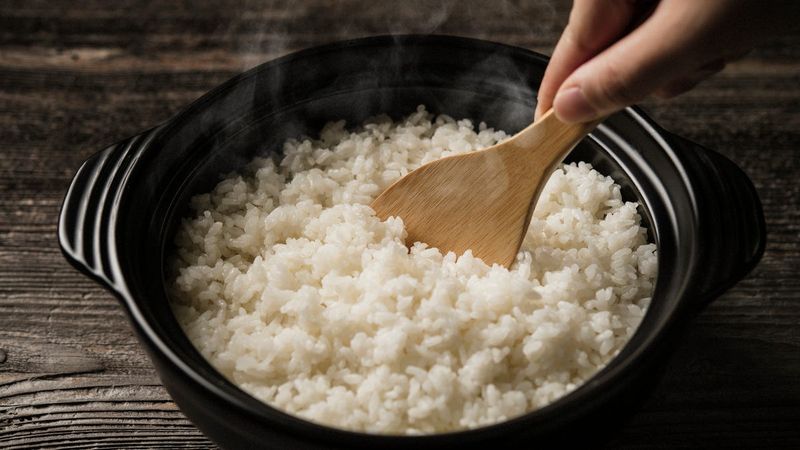
That innocent-looking container of leftover rice might be harboring a nasty surprise. Rice contains spores of Bacillus cereus, a bacteria that survives cooking temperatures and multiplies rapidly at room temperature.
The longer rice sits out, the more toxins develop – and these toxins won’t be destroyed by reheating.
Most people don’t realize rice needs to be refrigerated within one hour of cooking. The bacteria can cause vomiting, diarrhea, and severe stomach cramps within hours of consumption. Refrigeration only slows bacterial growth, so even properly stored rice should be consumed within 24 hours.
2. Seafood Spoils Faster Than You Think
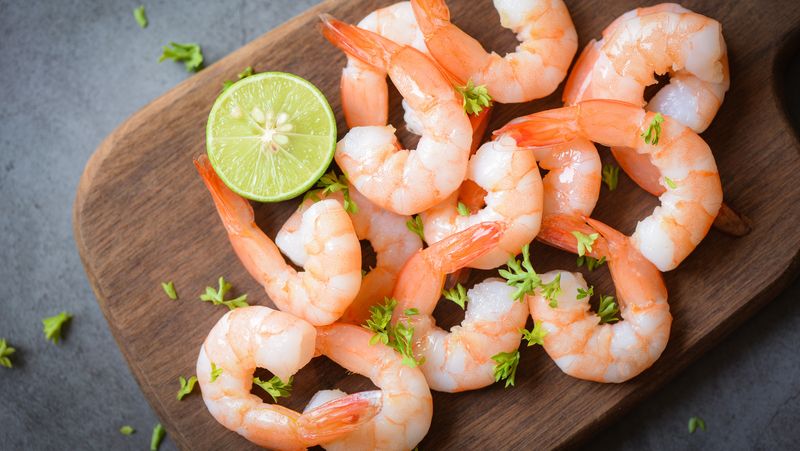
Friday’s fish dinner might seem fine on Saturday, but proceed with caution. Seafood deteriorates rapidly after cooking, creating the perfect environment for harmful bacteria and toxins that reheating often fails to destroy. Fish and shellfish contain proteins that break down quickly, releasing compounds that can cause scombroid poisoning.
Many home cooks underestimate how quickly seafood turns dangerous. The telltale signs – a slightly fishy smell or slimy texture – often appear after toxins have already formed. Health experts recommend consuming seafood leftovers within 24 hours, even when properly refrigerated.
3. Pasta Creates a Bacterial Playground
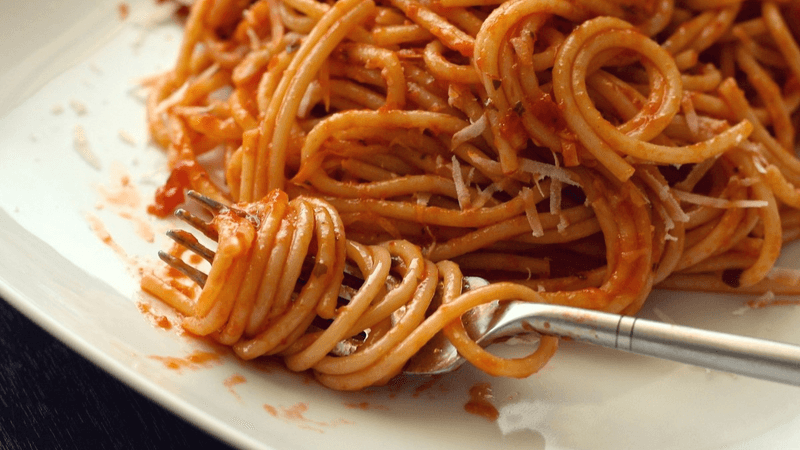
Your leftover spaghetti might seem harmless, but it creates the perfect storm for bacterial growth. Cooked pasta provides an ideal breeding ground for Bacillus cereus, especially when left at room temperature for hours after cooking. The starchy, moist environment becomes a bacterial paradise faster than most foods.
Remember that college student who ate five-day-old pasta and suffered liver failure? While extreme, this case highlights the real dangers. Pasta should be cooled quickly and refrigerated within two hours of cooking.
Even then, consume it within 48 hours and ensure it’s heated thoroughly to kill any lurking bacteria.
4. Eggs Transform When Reheated
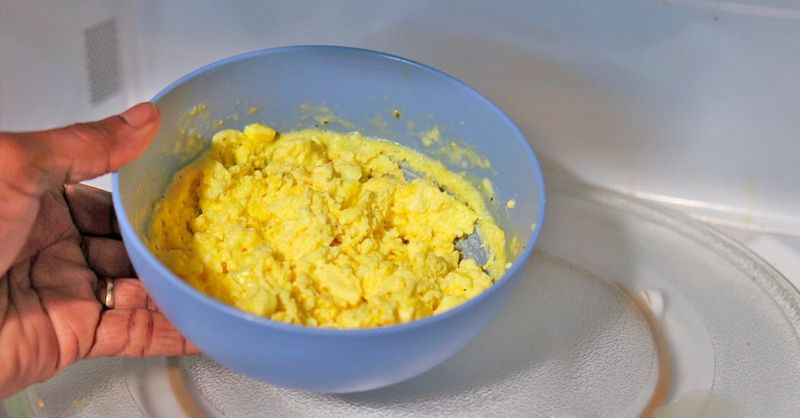
Those scrambled eggs from breakfast might seem like a quick protein boost later, but think twice before reheating them. Eggs undergo significant chemical changes when cooked twice. The proteins break down and release hydrogen sulfide compounds, which not only creates that unpleasant sulfur smell but can trigger digestive distress.
Egg dishes left at room temperature become breeding grounds for Salmonella within just 2 hours. Many home cooks don’t realize that reheating doesn’t always kill these bacteria if they’ve multiplied significantly.
If you must save egg dishes, refrigerate immediately and consume within 24 hours – never reheat more than once.
5. Foil-Wrapped Potatoes Hide a Deadly Risk
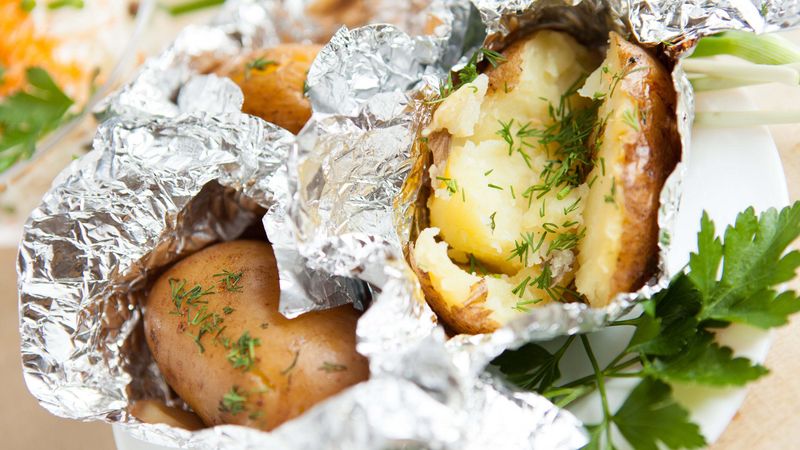
That leftover baked potato wrapped in foil seems convenient to save, but it creates a potentially deadly situation. The foil creates an oxygen-free environment where Clostridium botulinum – the bacteria that causes botulism – can thrive, especially when left at room temperature overnight.
Many potato lovers don’t realize this common practice puts them at serious risk. The bacteria produces a neurotoxin so potent that even a small amount can cause paralysis or death.
Always remove potatoes from foil before storing, refrigerate promptly, and consume within 3-4 days. Better yet, discard foil-wrapped potatoes if they’ve been at room temperature for over two hours.
6. Mushrooms Become Mysteriously Dangerous
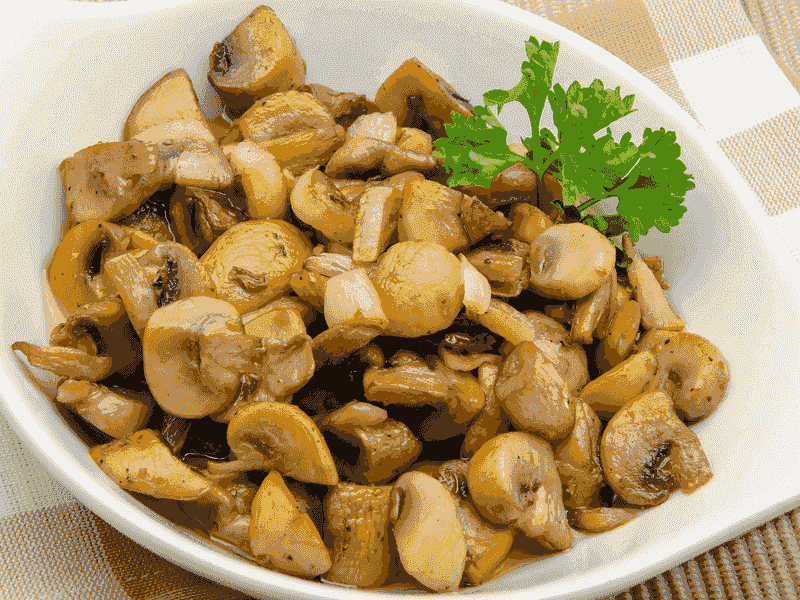
Those sautéed mushrooms from last night’s steak dinner hide a surprising secret. Mushrooms contain proteins and enzymes that begin breaking down immediately after cooking. When reheated, these compounds can cause digestive distress and even mild toxicity in sensitive individuals.
The cellular structure of mushrooms makes them particularly susceptible to bacterial growth. They absorb bacteria like tiny sponges, providing countless microscopic hiding spots where harmful microorganisms can multiply beyond the reach of reheating.
If you must save mushroom dishes, refrigerate immediately after cooking and consume within 24 hours. Better yet, cook only what you’ll eat immediately – your stomach will thank you.
7. Mystery Containers Create Cross-Contamination Chaos
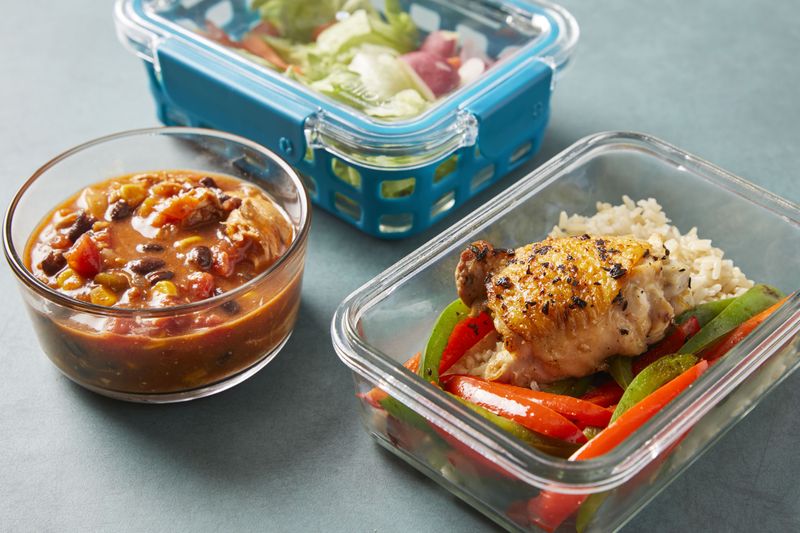
That container with Monday’s chicken, Tuesday’s pasta, and Wednesday’s vegetables might seem like a practical solution, but it’s actually a microbiological nightmare. Combining leftovers of different ages and types creates perfect conditions for cross-contamination, where bacteria from one food hitches a ride to others.
Foods reheat at different rates, creating temperature “danger zones” where bacteria thrive. Your chicken might reach safe temperatures while the denser items remain dangerously lukewarm.
Food safety experts recommend storing leftovers separately and dating containers. This simple habit prevents bacterial hitchhiking and ensures you know exactly how old each item is.
Leave a comment